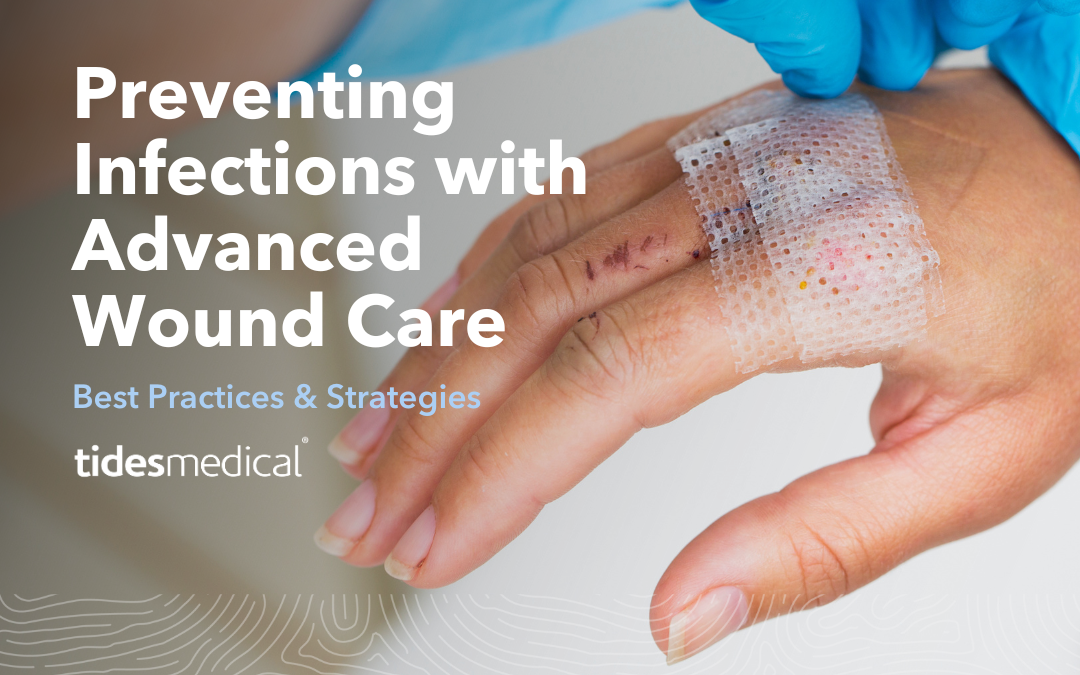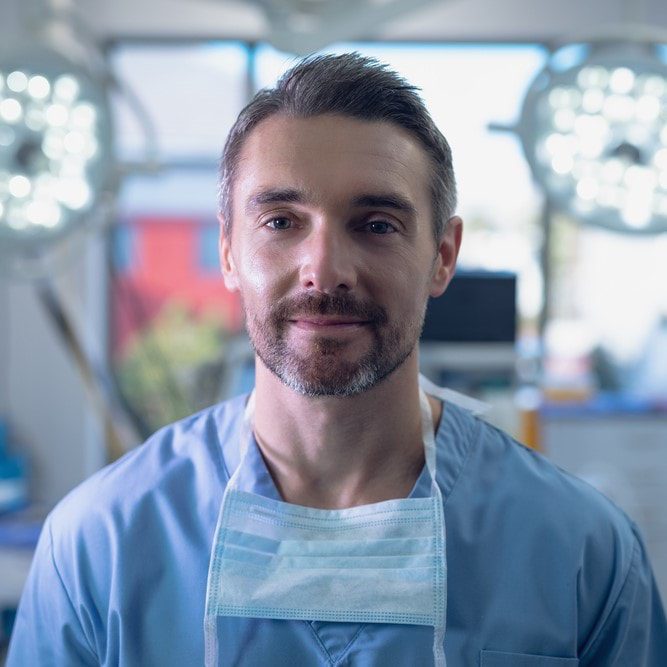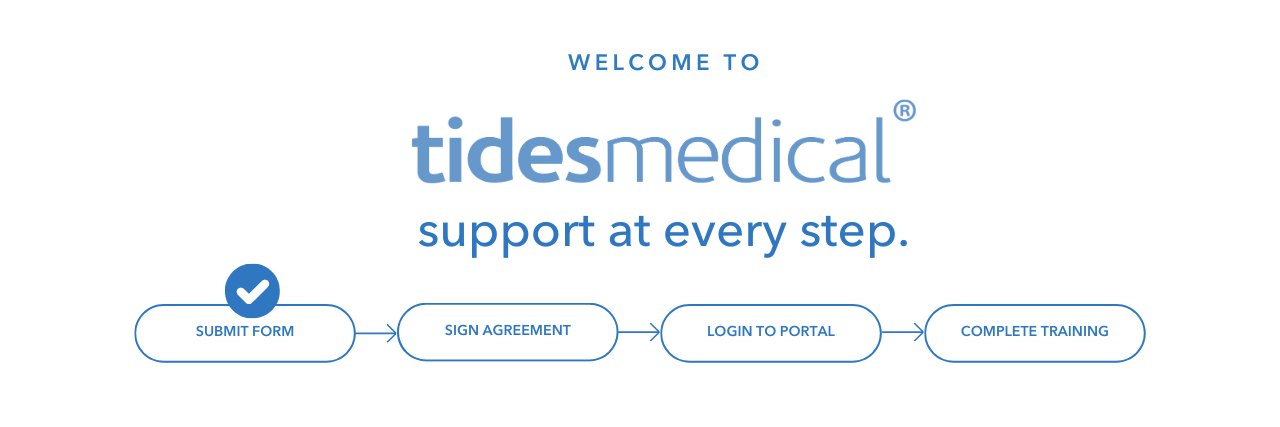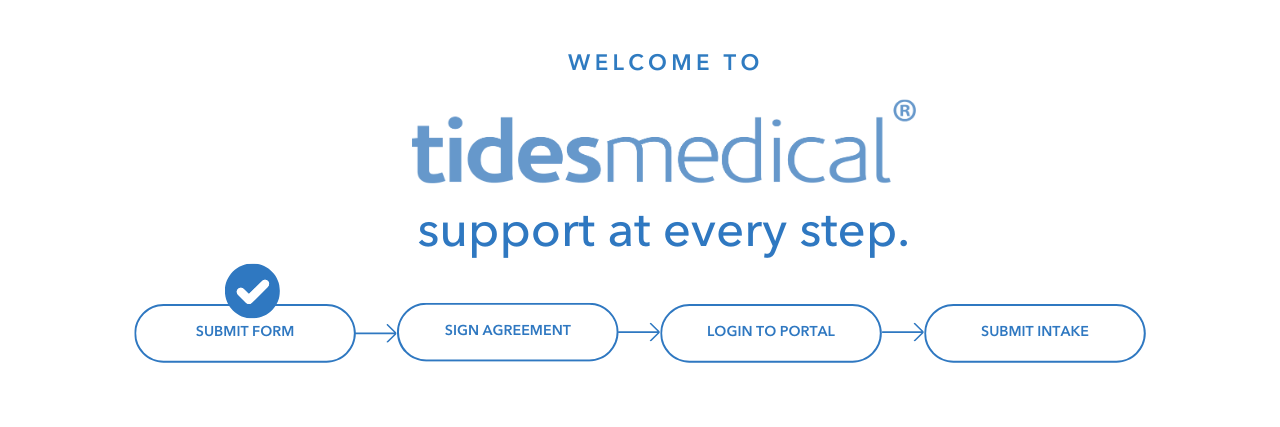Infections in wound care can pose several dangers and concerns, ranging from mild complications to life-threatening situations*. Even with advanced wound care products, it is essential that you follow your physician’s instructions, learn the signs of infection, and seek medical treatment when necessary.
Some dangers of wound site infections include delayed healing, increased pain and discomfort, cellulitis, abscess formation, systemic infection (where bacteria from a wound enters the bloodstream), tissue necrosis, spread of infection, chronic wound formation, amputation, and more. Given the potential dangers associated with infections in wound care, it is essential to focus on preventative methods, promptly recognize signs of infections, and seek appropriate medical treatment to minimize complications as quickly as possible.
Preventing Infections in Wound Care
Preventative measures are always better than reactive measures. While some elements are outside your control, working within the plan set by your physician and attending follow-up appointments are very important to your overall care. Preventing infections in wound care is crucial for promoting healing and reducing complications. Here are some best practices and strategies to reduce the risk of infection.
Note: This is not to be taken as medical advice and does not guarantee you will not develop an infection. Tides Medical recommends working with your physician to create a proactive plan for your wound care needs that meet your specific circumstances.
- Cleanliness: Keep the wound and surrounding skin clean. Wash your hands thoroughly with soap and water before and after handling the wound. If available, use sterile gloves.
- Gentle Cleaning: Clean the wound gently with mild soap and water or a saline solution. Avoid harsh scrubbing, as it can damage the tissue and increase the risk of infection. While advanced wound care products, like the ones created by Tides Medical, are strong, safe, and easy to use, they are made up of natural biological factors and should be handled with care.
- Antiseptic Solutions: Use antiseptic solutions or wound cleansers as healthcare professionals recommend. These solutions help reduce the risk of bacterial contamination.
- Appropriate Dressings: Use appropriate dressings to cover the wound. Dressings create a barrier against contaminants and help maintain a moist environment conducive to healing. Change dressings regularly as instructed by healthcare providers.
- Wound Irrigation: For deeper wounds or those at risk of infection, wound irrigation with sterile saline solution can help remove debris and bacteria. This should be done under medical supervision.
- Topical Antibiotics: Healthcare providers sometimes prescribe topical antibiotics to prevent or treat infections. Follow the instructions for the application carefully.
- Systemic Antibiotics: In certain cases, systemic antibiotics may be necessary to treat or prevent infections, especially for wounds at high risk of bacterial contamination or in individuals with compromised immune systems. These should be prescribed by a healthcare professional and taken exactly as directed.
- Maintain Moisture Balance: Keep the wound moist but not excessively wet. Moist wound healing promotes cell migration and tissue repair while preventing the buildup of crust and scabs, which can harbor bacteria.
- Protective Measures: Protect the wound from further injury or contamination. This may include avoiding activities that could reopen the wound, using appropriate bandages or protective coverings, and wearing suitable clothing or footwear.
- Monitor for Signs of Infection: This is extremely important. Learn what signs of infection look like and closely monitor the wound site. Some signs of infection include increased pain, redness, swelling, warmth, pus, or foul odor. If you suspect an infection, seek medical attention promptly.
- Healthy Lifestyle: Maintain a healthy lifestyle with proper nutrition, hydration, and adequate rest. A strong immune system helps the body fight off infections more effectively.
- Follow Instructions: Follow the instructions provided by healthcare professionals regarding wound care, medication, and follow-up appointments. They can tailor treatment to your needs and monitor your progress to prevent complications.
Following these preventive measures and seeking prompt medical attention when needed can help reduce the risk of infections and support the healing process.
If you want to learn more about Tides Medical’s advanced wound care products, contact us today. If you are a physician seeking to learn more about Tides Medical and what we have to offer, explore our product lines here.
Information Sources for this article:
https://psnet.ahrq.gov/primer/surgical-site-infections
https://www.medicalnewstoday.com/articles/325040#symptoms
https://www.ncbi.nlm.nih.gov/pmc/articles/PMC6846309/
https://www.ncbi.nlm.nih.gov/books/NBK538522/



 Marc Stemler,
Marc Stemler,  Mora Melican, Ph.D., VP of Operations, Research & Development
Mora Melican, Ph.D., VP of Operations, Research & Development LESA CATALON,
LESA CATALON, DAVID CASTILLE,
DAVID CASTILLE,




 JOSH WILLETT,
JOSH WILLETT, JEFF MONTGOMERY,
JEFF MONTGOMERY, MIKE RIDDLE,
MIKE RIDDLE, BENJAMIN KIMBALL,
BENJAMIN KIMBALL, DOUG PAYNE,
DOUG PAYNE,








